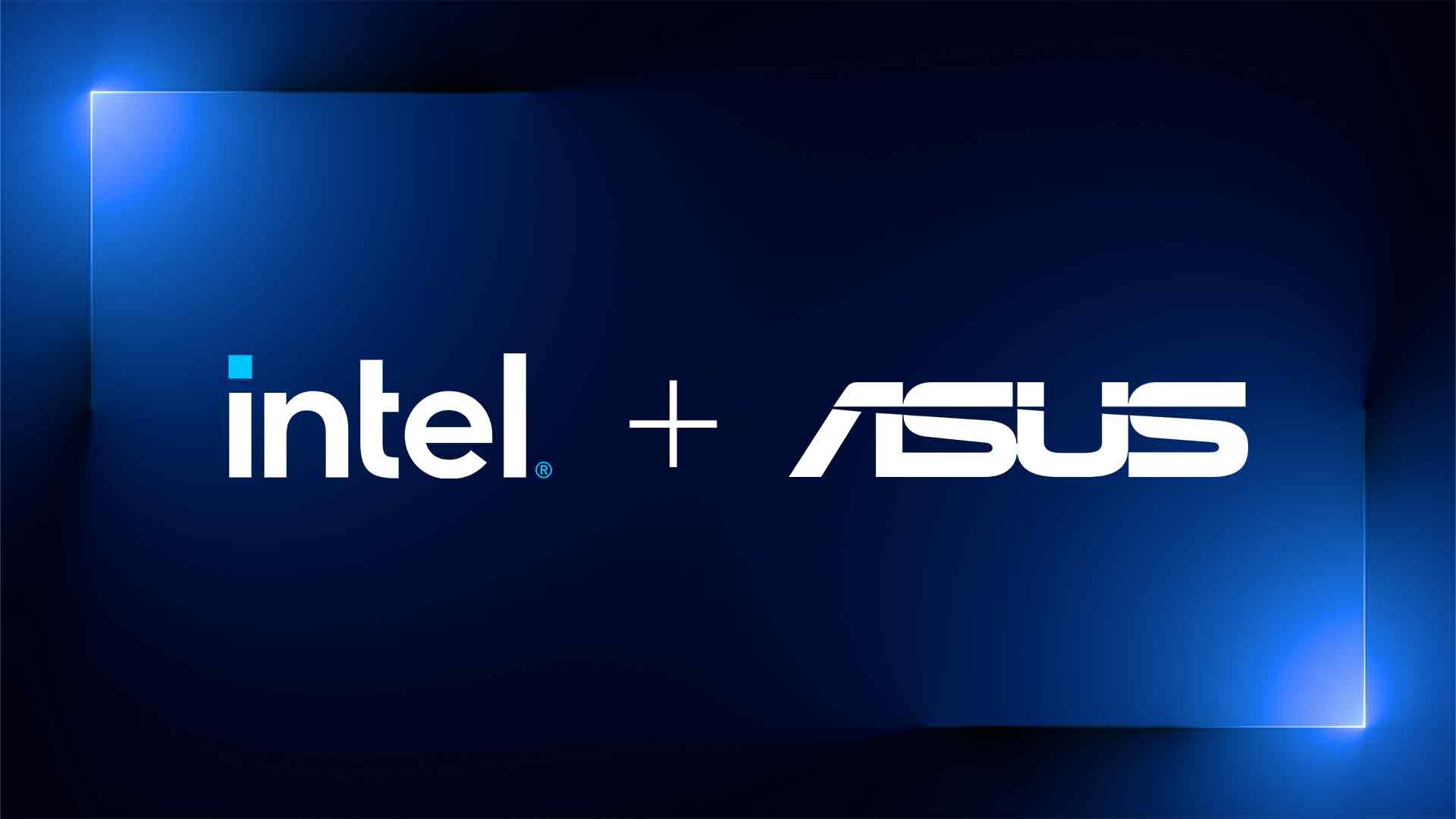

There are too many differences for me to list here, but unlike mobile operating systems, Windows and most Linux desktops do not provide sandboxed environments for userspace apps by default. Apps generally have free reign over the whole system; reading/writing data from/to other apps without restriction or notification. There are virtually no safeguards against malicious actors.
Mobile operating systems significantly restrict system-level storage space, making key areas read-only to prevent data access or manipulation. They also protect app storage, so one app can’t arbitrarily access or modify data stored for a different app.
Mobile operating systems also follow an image-based update model, wherein updates are atomic. System software updates are generally applied successfully all at once or not at all, helping to ensure your phone is never left in a partial or unusable state after a system update.
For desktop users, macOS, and atomic Linux distros combined with Flatpak are the closest comparisons.




If our children were still children, we’d probably have a Kids folder too.